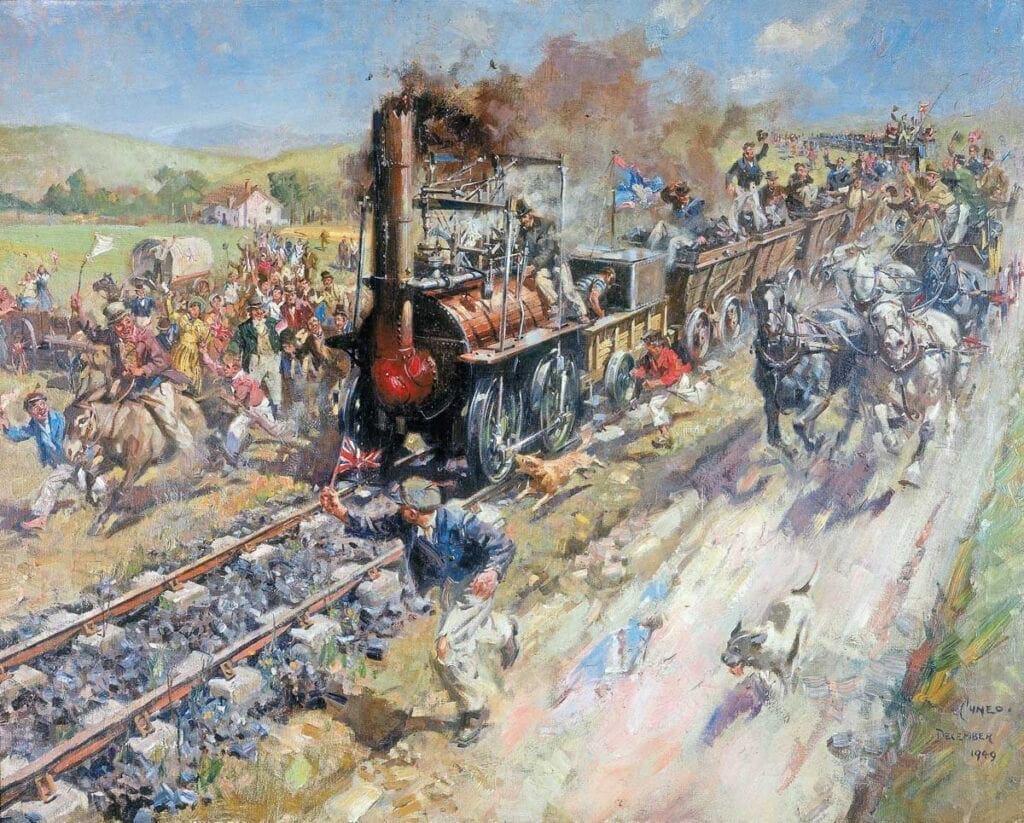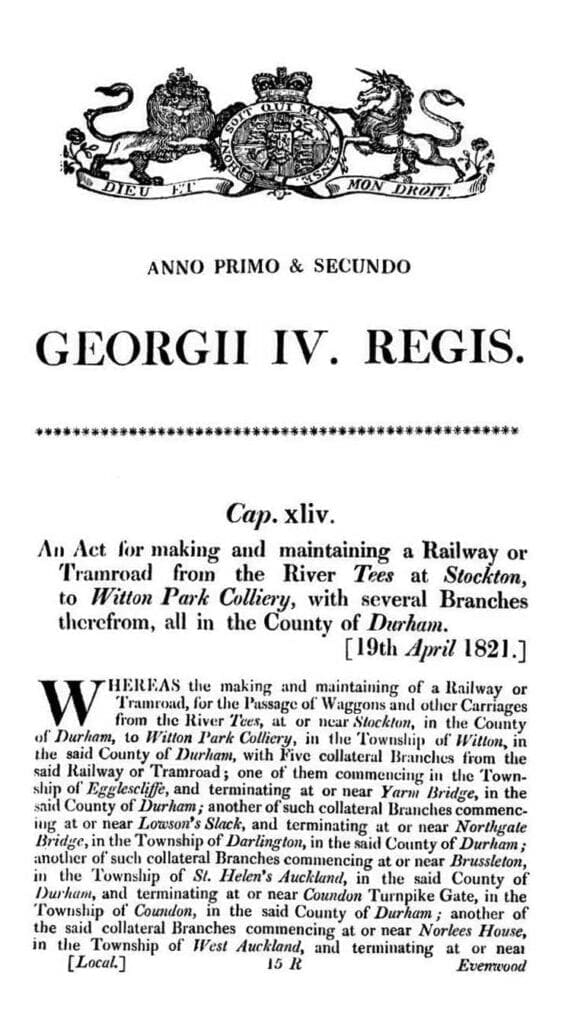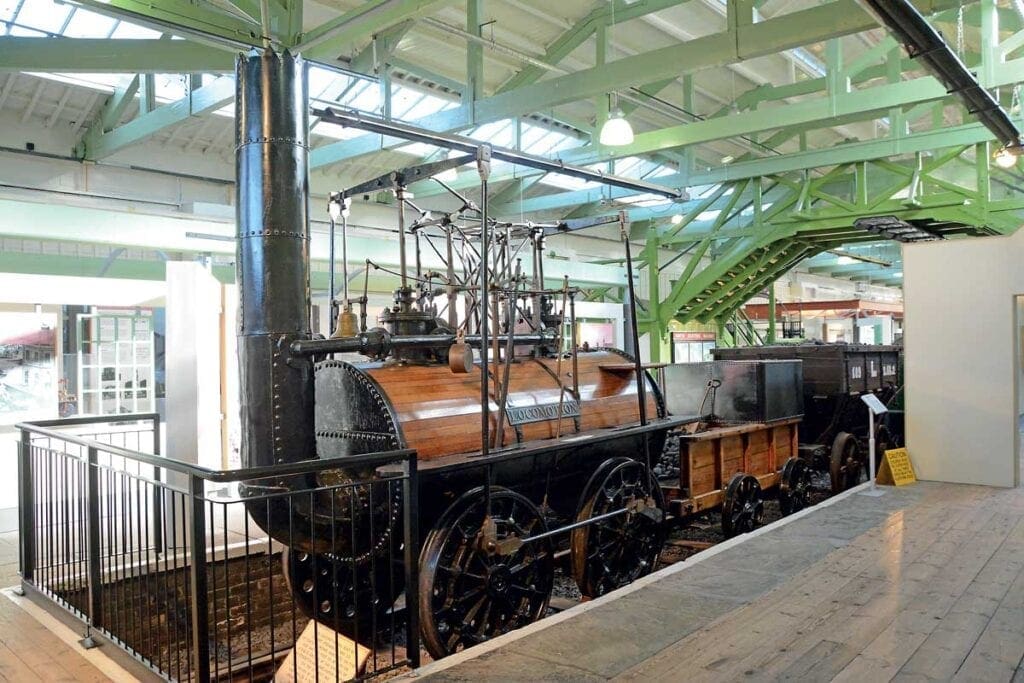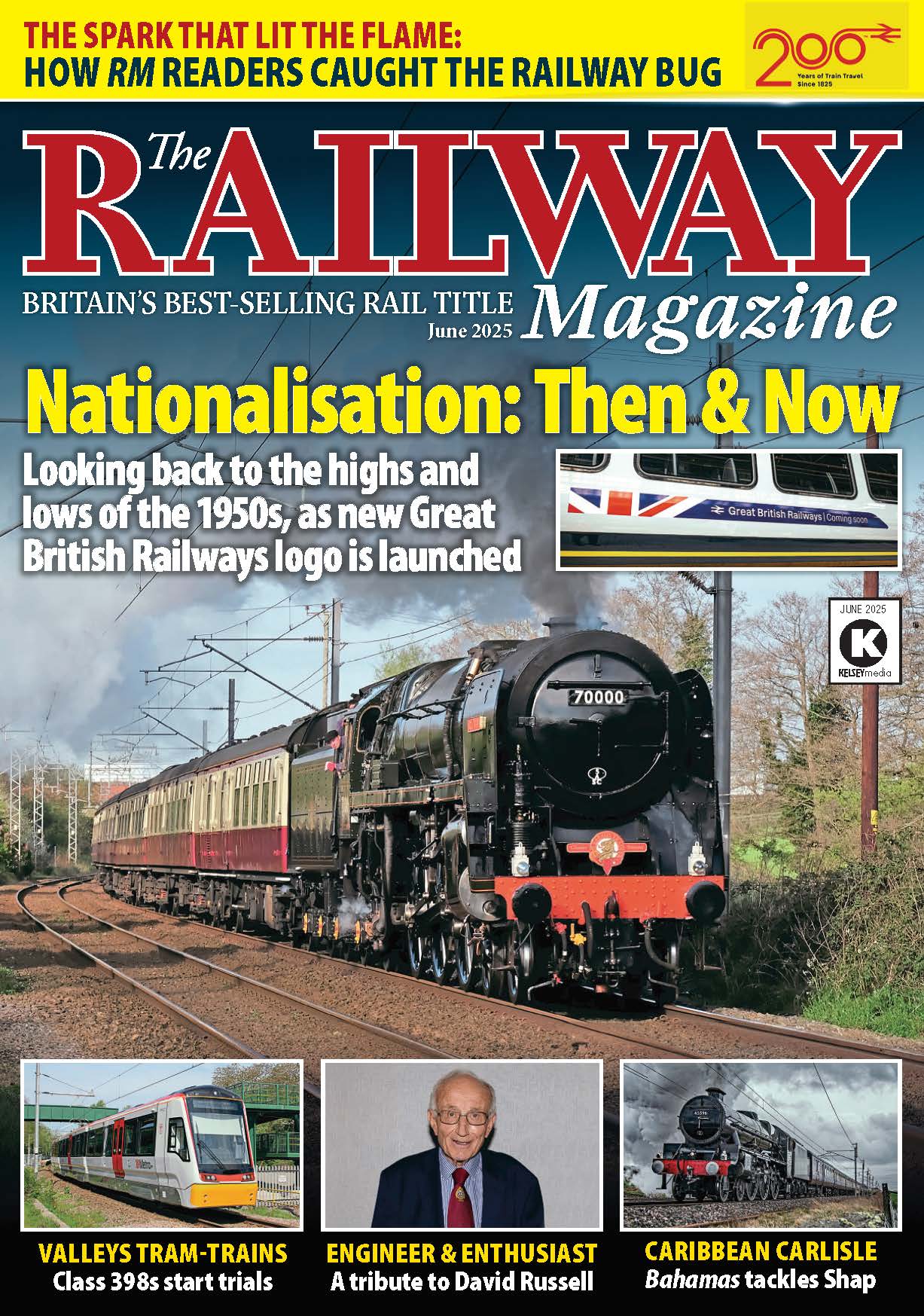
200 years ago, on April 19, work officially began on the Stockton and Darlington Railway (S&DR).
In the years building up to 1821, mine owner Edward Pease had spent three years fighting to get the act of Parliament.
Related articles
- Watch ‘Rocket, Rainhill and the Stephensons’ Legacy’ DVD for free!
- Podcast: Rocket, Rainhill and the Stephensons’ Legacy
On the first attempt, which took place in April 1819, it suffered a narrow defeat of 106 votes to 93. The reasons for this defeat are thought to revolve around opposition from the Earl of Darlington and the Earl of Eldon, who were concerned as to what damage could be inflicted on their land by the construction of a rail line.
The Earl of Eldon eventually dropped his opposition to the scheme once a satisfactory deal had been reached regarding compensation for his loss, but his Darlington counterpart was not so easily swayed, and remained adamant that the railway should not encroach on his land.

As a result, a second survey was carried out by Overton, with the result that the railway’s route would now be diverted around the Earl of Darlington’s land. The new route would see a line comprising of a total of 37 miles, which was nine miles shorter than the line originally envisaged, including branches.
The untimely death of King George III in January 1820 delayed the second bill. This delay proved fortuitous for the line’s promoters, as it enabled them to buy more time and approach Overton with a view to him revising the plans to establish a shorter route.
August 1820 saw this latest survey completed and it was this third version that was submitted to Parliament.

By this time the cost had been reduced even further to £92,000 and on April 19, 1821 the first S&DR Act received the Royal assent.
Surprisingly it was not the first such Act to be passed by Parliament that century, but the 21st. The Act gave authority for £100,000 of capital to be raised, 80% of it in the form of shares, with the remaining balance by way of a loan.

The early 1820s saw Pease take a great deal of personal interest in the scheme, having always favoured a railway over the construction of a canal. His main concern was that the railway should be beneficial to his woollen mills in Darlington, which would see his transportation costs reduced considerably. Once this was assured he was much relieved. It was during this period that George Stephenson first became involved with the project.
The Stephenson project
His experience and success in constructing locomotives and creating colliery railways soon brought him to the attention of Edward Pease.
A meeting between the two railway giants took place in Darlington during April 1821, during the course of which Pease was very impressed with Stephenson’s attitude and work ethic, describing him as honest, sensible, modest and unpretending, and the meeting marked the start of a longlasting friendship between the two men.
The very next day Pease wrote to Stephenson asking him if he would consider becoming the surveyor and engineer for the line’s construction. Stephenson was happy to accept.
One of the first things that Stephenson did was dissuade Pease from his notion of using horses to haul wagons along the railway, instead insisting that steam locomotives would offer considerable advantages over any animal.
Pease was already coming around to this way of thinking so did not need much persuasion to accept Stephenson’s recommendation, especially after he informed Pease that a locomotive was equivalent to at least 50 horses. As if to hammer the point home, Pease was invited to Killingworth Colliery to see Stephenson’s locomotive in action.
Upon watching the locomotive in action hauling heavy coal wagons, Pease was immediately smitten with the locomotive and is on record as having said that there would be “no difficulty in laying a railway from London to Edinburgh on which wagons would travel and take the mail at the rate of 20 miles per hour.” An equally enthusiastic George Stephenson encouraged Pease’s enthusiasm by saying: “You will live to see the day when the railways will supersede almost all other methods of conveyance in the country – when mail coaches will go by railway and railways will become the great highway for the king and all his subjects.
The time is coming when it will be cheaper for a working man to travel on a railway than to walk on foot.”

Countdown to 200 years
Darlington is renowned for being the cradle of the world’s railways and it continues to play a vital role in the history of the UK rail industry. Discover everything about the world’s most historic railway town and home of rail engineering in ‘Darlington’.


